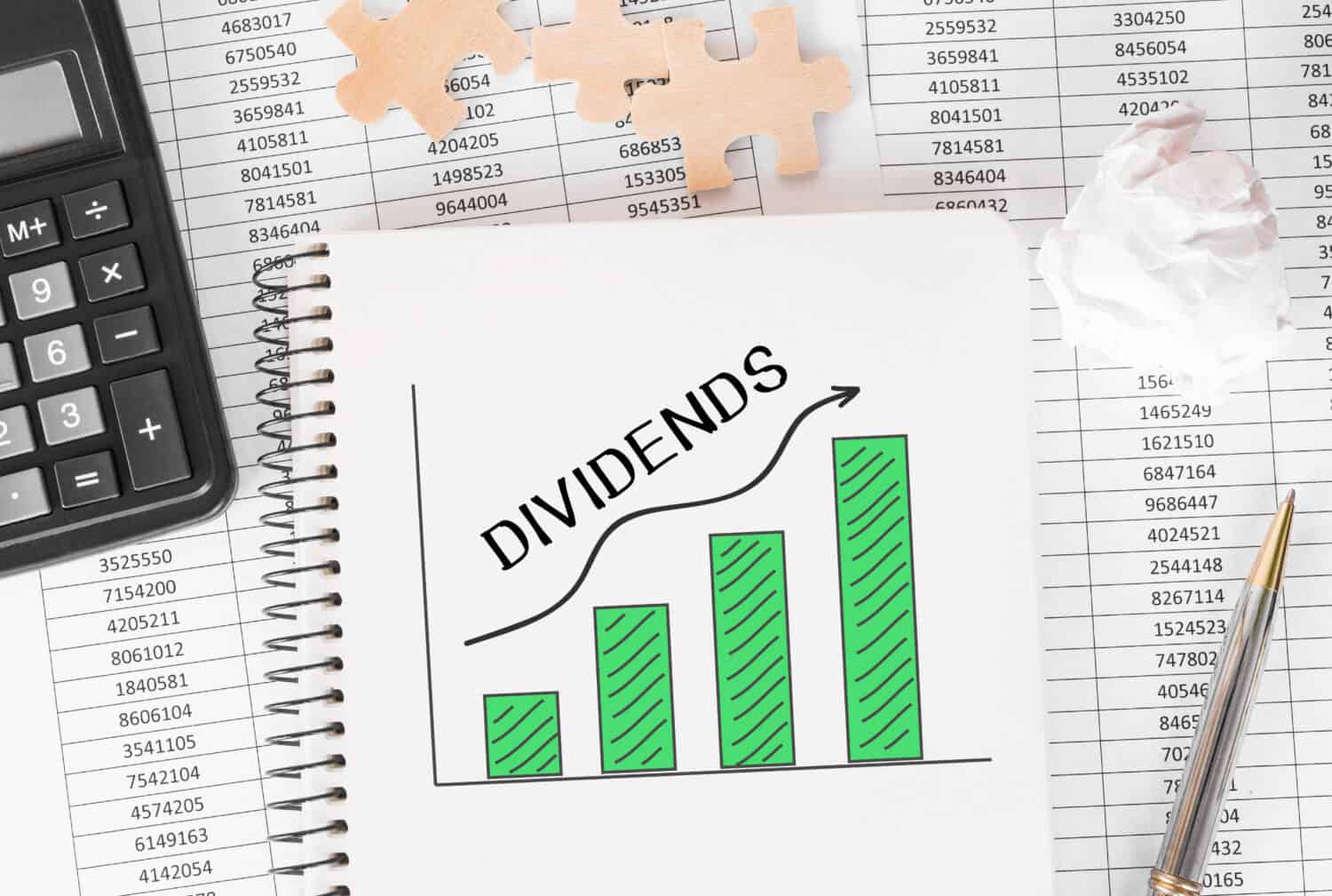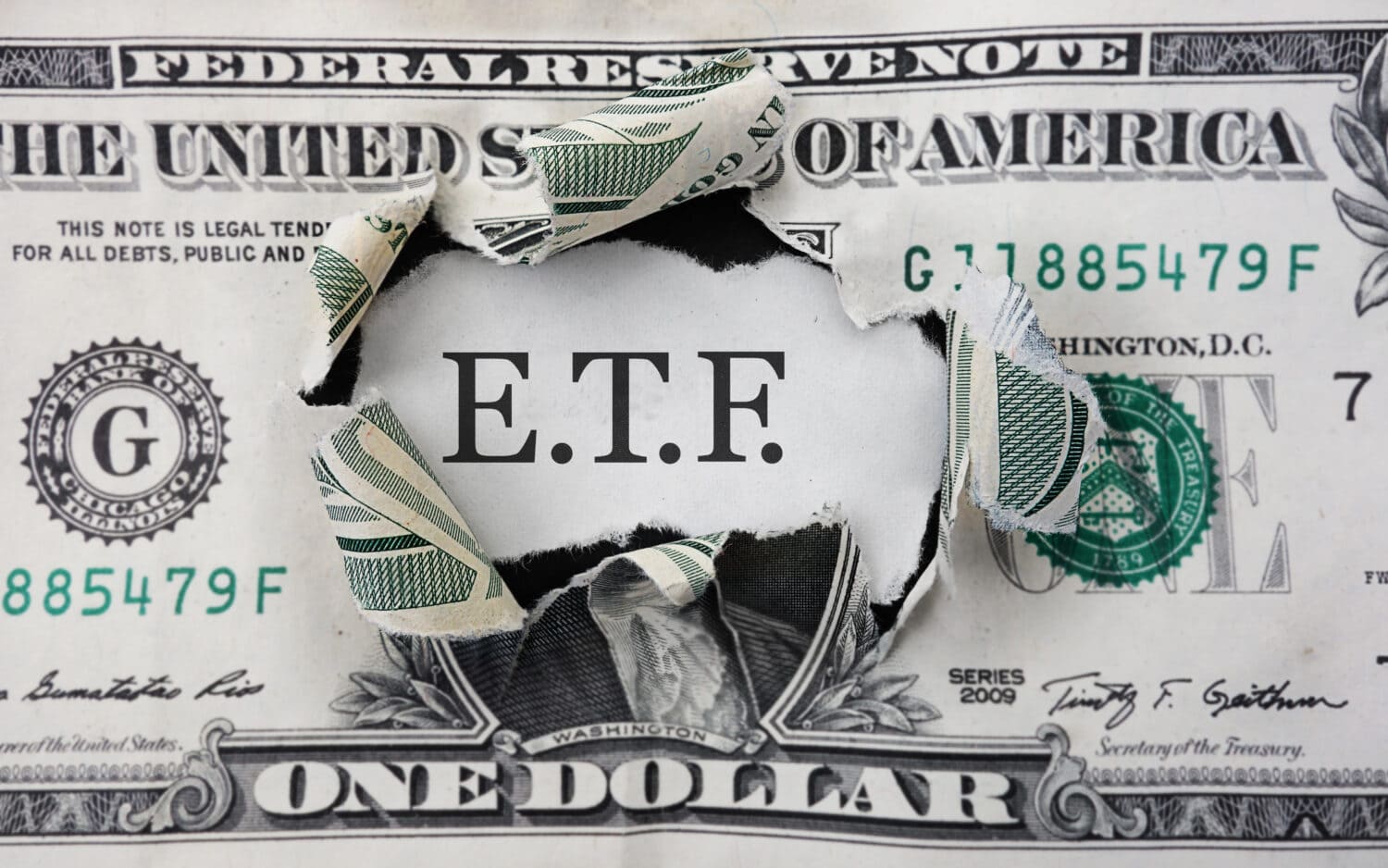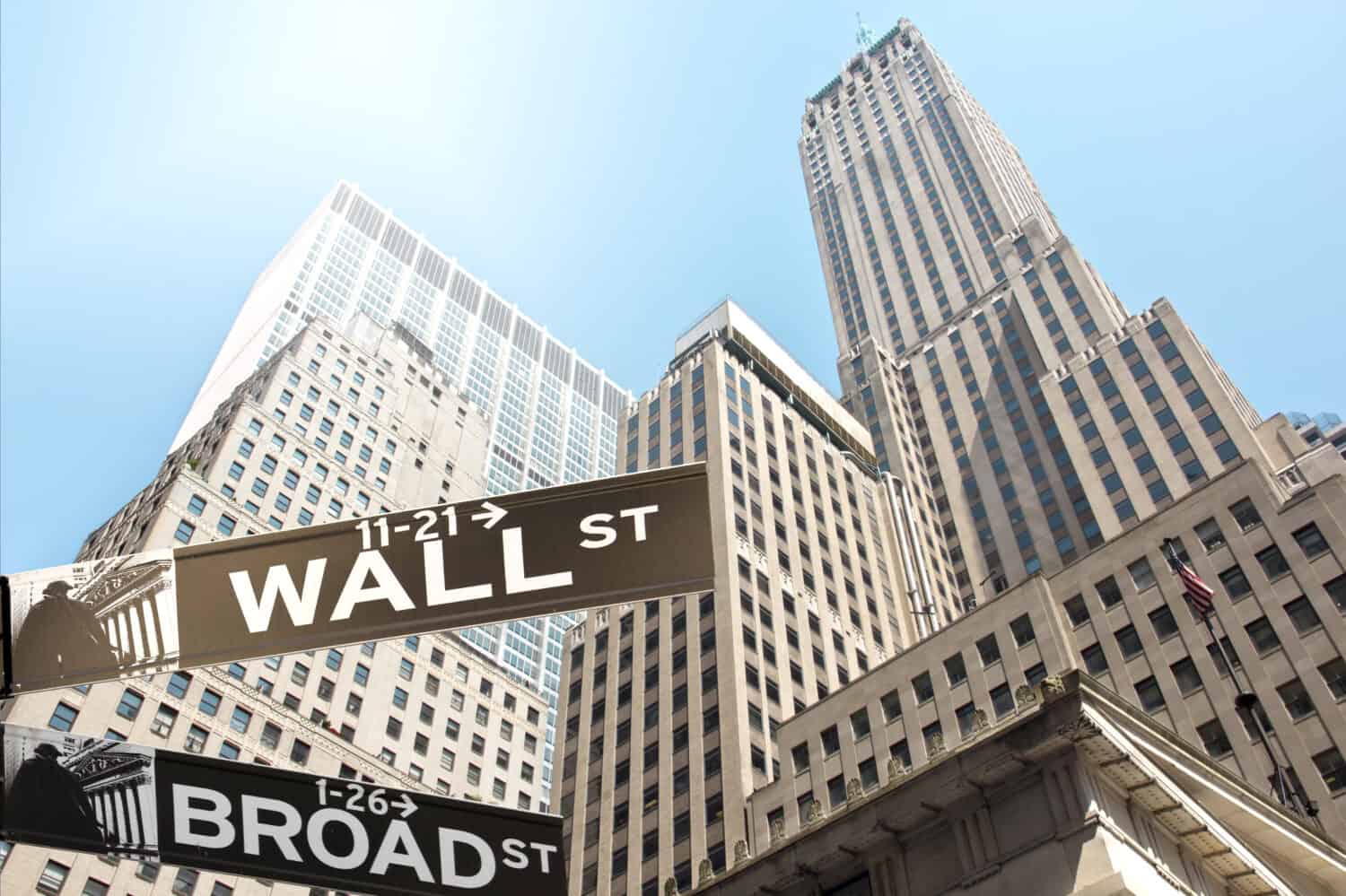
Although investing in direct securities remains one of the most popular ways investors steer through the market, the landscape for Exchange Traded Funds (ETFs) continues to witness rising demand on the back of an explosion of new technology-focused funds that provide investors with more spreads and better portfolio diversification.
That being said, exchange-traded funds allow other, less-experienced investors to enter the market more freely following the passing of the ETF Rule by the Securities and Exchange Commission in 2019. The rules, which had completely changed the ETF landscape, have helped a series of new funds and investors make their debut on the stock market, putting their eggs all into one basket, in a financial sense, and giving themselves more leverage to benefit from wider liquidity.
As with this, dividend investors are again having their moment in the sun, as a handful of highly lucrative, attractive, dividend-paying ETFs are now peaking investor interest all across the market. As with dividend stocks, those ETFs that can pay a dividend to investors have seen a rise in popularity over recent years, with billions of investment dollars flowing into these funds each year, and seeing sparkly-eyed investors making off with handsome returns.

Three Dividend ETFs That You Can’t Ignore
JPMorgan Equity Premium Income ETF
The JPMorgan Equity Premium Income ETF (NYSE:JEPI) features itself on the most-wanted list for many dividend investors as the fund currently holds one of the most attractive 12-month rolling dividend yields of 7.98% and a 30-day SEC yield of 6.98%.
The fund generates substantial income by investing in a combination of dividend-paying companies, including U.S. large-cap stocks, while seeking to deliver a diverse monthly income stream associated with stock dividends.
In addition to delivering investors with monthly income, the track returns are associated with the S&P 500 Index, which provides it with minimal volatility, while still having strong exposure to over- and undervalued stocks that closely pair with fund characteristics.
In total, the fund has 129 holdings, with Information Technology (14.5%), Financials (13.1%), Health Care (12.5%), Industrials (11.9%), Consumer Staples (9.5%) and Consumer Discretionary (8.4%) being the largest sectors in the fund.
Several large-cap stocks, like Vertex Pharmaceuticals (NASDAQ: VRTX), Exxon Mobil (NYSE: XOM), Alphabet (NASDAQ: GOOG), Mastercard (NYSE: MA), Meta Platforms (NASDAQ: META), Amazon (NASDAQ: AMZN) and Southern Company (NYSE: SO) make up the top percentile of companies, with each equally weighted.
Overall, the top 10 investments of the fund are largely exposed to technology, industrials, energy, and pharmaceuticals, which tend to perform well during periods of uncertainty and high market volatility.
Fund performance has been steady since its inception back in 2020. This year, the fund has gained 5.57% on a year-to-date (YTD) basis. In comparison to wider market indicators, such as the S&P Index the fund has yielded a 7.36% return in the last 12 months compared to 9.57% of the S&P. One month’s performance came in slightly below expectations, with the fund seeing a 2.13% improvement, while the S&P delivered a 4.96% return, as of May 31, 2024.
Though JEPI offers investors a strong dividend yield, the overall growth rate is somewhat less than attractive. Nonetheless, the fund has a stable, and attractive spread of holdings that provide investors with the right amount of exposure, while mitigating potential risks and high volatility security exposure. (Read more about six dividend ETFs every retiree should know about.)

U.S. Dividend Equity ETF (SCHD)
The Schwab U.S. Dividend Equity ETF (NYSE:SCHD) has been a widespread crowd-pleaser for years, and investors from all sides of the market have had relatively positive returns due to the fund’s ability to closely replicate returns of the Dow Jones U.S. Dividend 100 Index.
The large value fund tracks an index that’s primarily focused on providing investors with sustainable dividend returns while opting to serve as a complementary element within an already widely diversified portfolio.
The fund provides a five-year annual dividend growth rate of 12.90% and a portfolio turnover rate (1-year trailing) of 29.52%. Returns for the 3 months have been steady, with a 6.79% return only slightly lower than the 6.81% 3-month return of the Dow Jones U.S. Dividend 100 Index.
In total, the fund holds 102 securities, the majority of which are invested in selected stocks that provide more fundamental strength compared to nearest competitors, and based on financial ratios.
Furthermore, the fund is widely invested in Financial (17.4%), Health Care (15.7%), Consumer Staples (13.9%), Industrials (13.5%) and Energy (12.8%), Consumer Discretionary (10.1%), Information Technology (8.7%) and Communication Services (4.7%).
Top holding companies include Texas Instruments (NASDAQ: TXN), Bristol-Myers Squibb (NYSE: BMY), Lockheed Martin (NYSE: LMT), PepsiCo (NASDAQ: PEP), Verizon Communications (NYSE: VZ), Cisco Systems (NASDAQ: CSCO), Chevron (NYSE: CVX), BlackRock (NYSE: BLK), and Pfizer (NYSE: PFE), which in total makes up 39.61% of the fund’s holdings.
In more recent months, the fund has experienced some slower-than-expected growth due to new changes. For starters, Broadcom (NASDAQ: AVGO) and Merck (NYSE: MRK) were removed from top positions in the fund. In their place, Bristol-Myers Squibb (NYSE:BMY), was introduced instead and now 4.04% of the fund holds BMY stocks.
Though the removal of these companies may have slightly altered the pace of overall fund performance, analysts highlighted that removing two fast-growing dividend stocks could lead to overall slower dividend returns for SCHD.
Additionally, Cisco Systems recently reported Q1 2024 results, and although incoming data was above already low-expectations, analysts argued that the company’s forward-looking performance may be impacted by weaker guidance as the company witnessed a slowdown in overall new product orders. The reaction on the market witnessed stocks plummeting in after hours trading. The company claims that customers are more focused on product and service installations, which could drive down delivery of new orders and products.
This combination of events could drive an impact on near-term growth of the fund, however, the fund remains well-balanced, with minimal exposure to industries that could be widely affected by an overall slowdown in consumer behavior.
With the water having settled, analysts are convinced that fund growth will gradually slow, and time picks up again. Despite these alterations, SCHB remains a well-positioned ETF that’s broadly exposed, and that naturally provides investors with growth stability.
Vanguard High Dividend Yield Index ETF
The last exchange-traded fund that Wall Street is placing bets on this quarter is the Vanguard High Dividend Yield ETF (NYSE:VYM) which currently offers a 7.96% year-to-date return and pays a 2.19% dividend yield as of March 2024.
Similar to SCHB, this Vanguard ETF provides price stability, with large value exposure to high-value equities. The passively managed fund tracks the performance of stocks that are expected to see above-average dividend return yields.
The fund comprises more than 554 stocks, making it one the largest ETFs of its kind, and on our current list. An attractive performance point for VYM is that the fund currently holds a 9.0% growth rate, and a physical turnover rate of 5.7% as of October 31, 2023.
Portfolio composition is relatively broad, with Finance (20.70%), Industrial (12.60%), Health Care (11.70%), Consumer Staples (11.10%), Energy (10.60%) and Information Technology (10.10%) seeing the largest fund contributions.
Top holding companies include JPMorgan Chase & Co. (NYSE: JPM), Broadcom, Exxon Mobil, Procter & Gamble Co (NYSE: PG), Johnson & Johnson (NYSE: JNJ), Home Depot Inc. (NYSE: HD), AbbVie Inc. (NYSE: ABBV), Walmart Inc. (NYSE: WMT) and Bank of America (NYSE: BAC).
One company – Bank of America – has left investors and fund managers scrambling in recent months as the financial conglomerate has seen a rise in popularity due to the high interest rate environment. Additionally, the bank has been paying attractive dividends, as it’s able to raise capital and scale operations without jeopardizing its returns, and bolstering its market share.
From this, one can get a clear picture of how the fund is being directed to provide investors more exposure to consumer discretionary, consumer staples, and energy sectors. These sectors tend to be more robust during times of market turbulence, including periods of economic contraction and or recessionary periods.
Although the overall return might be somewhat smaller compared to ETFs that are currently primarily exposed to large-cap technology stocks, VYM is an alternative option that provides an opportunity to diversify your portfolio with companies that can provide better buoyancy during uncertain periods and market corrections.

Back on Wall Street
For dividend investors, the market now presents a series of new opportunities as dividend-focused exchange-traded funds are becoming more competitive, and financial managers are looking to build more robust ETFs that can stand against a fast-changing financial environment, but keep up with current investor demands.
These ETFs can provide a sense of stability, but more importantly, diversification for portfolios that might be centered around technology or software following the blowout of these stocks in recent years.
For investors, it’s important to seek ETF opportunities that can offer them broader exposure to the assets that they feel will help weigh out their portfolio more effectively, but in return reward their patience with lucrative dividends.
Thank you for reading! Have some feedback for us?
Contact the 24/7 Wall St. editorial team.





